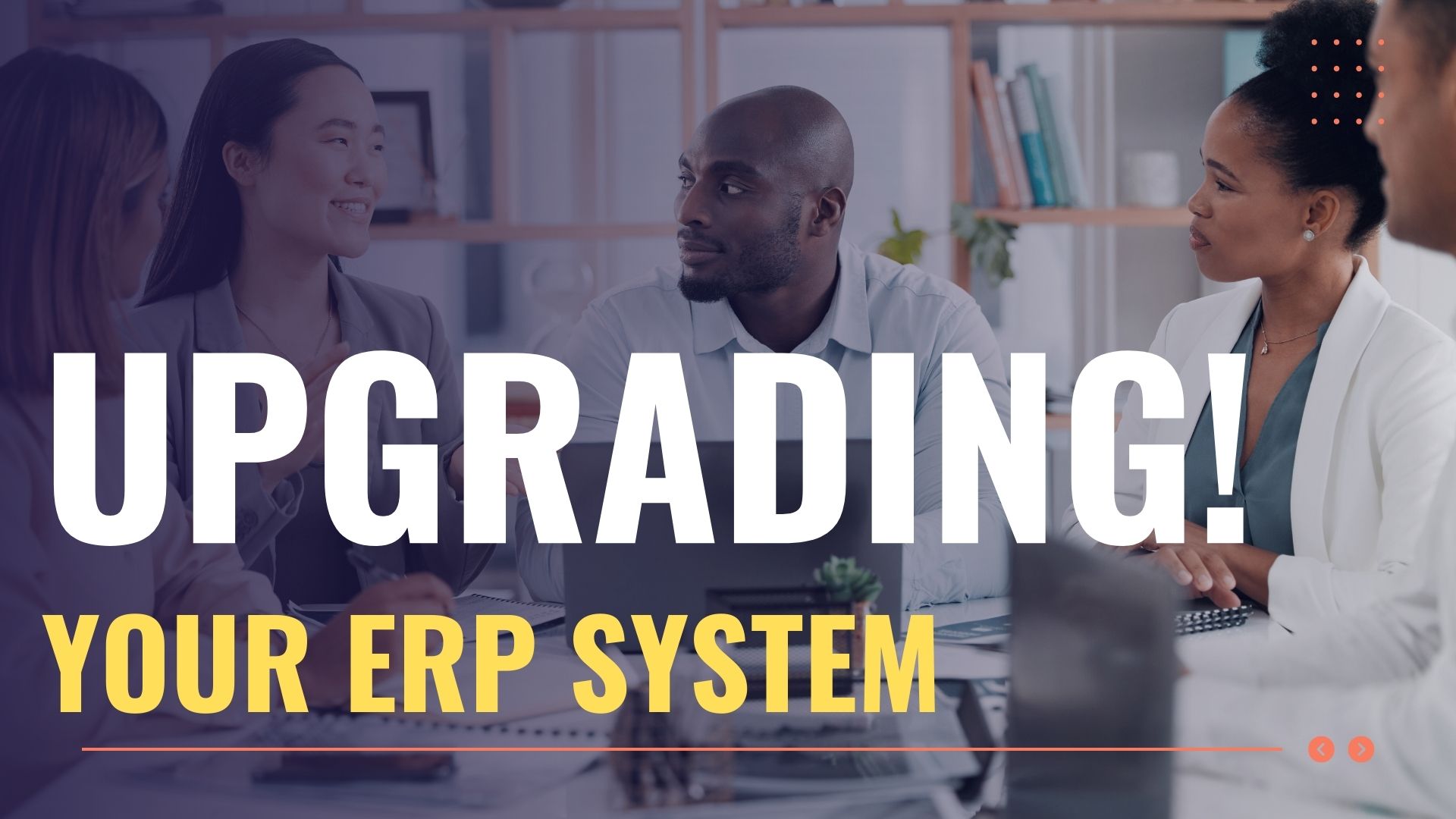Upgrading Your ERP System?
Your ERP system plays a pivotal role in streamlining your business processes. Much like a beating heart, it’s crucial to ensure its optimal performance to maintain the overall health of your enterprise. However, there comes a time when an upgrade is not only advisable but essential. After all, wouldn’t you want to replace a system that limits your potential? Here, we explore the signs and considerations hinting a need for an ERP revamp.
Warning Signs: Your Current ERP System May Be Holding You Back
Has your ERP been showing signs of inefficiency? Here are some of the red flags:
- Functionality Issues: If the system is not user-friendly, has a sluggish response time, or lacks essential features.
- Inability to Adapt: An inflexible system can be a barrier when adjusting to evolving market needs or customer requirements.
- Skyrocketing Operating Costs: High costs of operations often indicate inefficiencies.
- Lack of Forward Path: Modern businesses thrive on collaboration, leveraging new technologies like the Internet of Things, and drawing insights from analytics. If your ERP can’t handle these, it’s probably outdated.

Indications That You Should Transition to Next-Gen ERP Systems
If you find any of these situations familiar, it might be time to transition:
- Over-reliance on Spreadsheets: Your ERP should minimize your dependency on spreadsheets for daily tasks.
- Falling Behind Competitors: System limitations are causing you to lag in service benchmarks or other areas compared to competitors.
- Poor Visibility and Control: If you’re struggling to get insights or control various aspects of your business.
- Unsatisfactory Executive Insights: Lack of helpful dashboards or an unintuitive self-service BI is a significant limitation.
- Compliance Issues: Challenges in meeting regulatory or board member requirements indicate systemic shortcomings.
The Benefits of Modern ERP Systems
Modern ERP solutions are not just tools; they are transformative for businesses. They promise:
- Flexibility and Scalability: These systems adapt to your evolving needs, ensuring your business remains agile.
- Integrated Business Intelligence: Get actionable insights on-demand and tailor your strategies effectively.
- Industry-specific Features: Modern ERP systems come designed with features specific to various industries, ensuring seamless integration.
- Accessibility: The next-gen ERP can be accessed anytime, from any location, and through any device with browsing capabilities.
Steps to Implementing a New ERP System
Before jumping onto the new ERP bandwagon, it’s essential to be prepared:
- Team Formation: Assemble a competent team to assess your current needs and research potential solutions.
- Set Clear Goals: Everyone affected by the new system should be on the same page regarding expected benefits and goals.
- Budget Planning: An accurate budget will guide your choices and ensure that the implementation doesn’t become a financial burden.
- ROI Analysis: A cost justification analysis can help justify the investment in the new system.
- Leadership and Team Assembly: Identify an executive sponsor and form a dedicated project team for the upgrade.
Taking these steps will ensure a smooth transition and that your business capitalizes on the benefits of a modern ERP system.
Conclusion
Replacing your ERP system is a significant business decision, not to be taken lightly. But with the rapid evolution of technology and business needs, staying ahead means embracing change. Recognizing the limitations of your current system and making an informed decision about upgrading can make the difference between thriving in a competitive market and being left behind.



